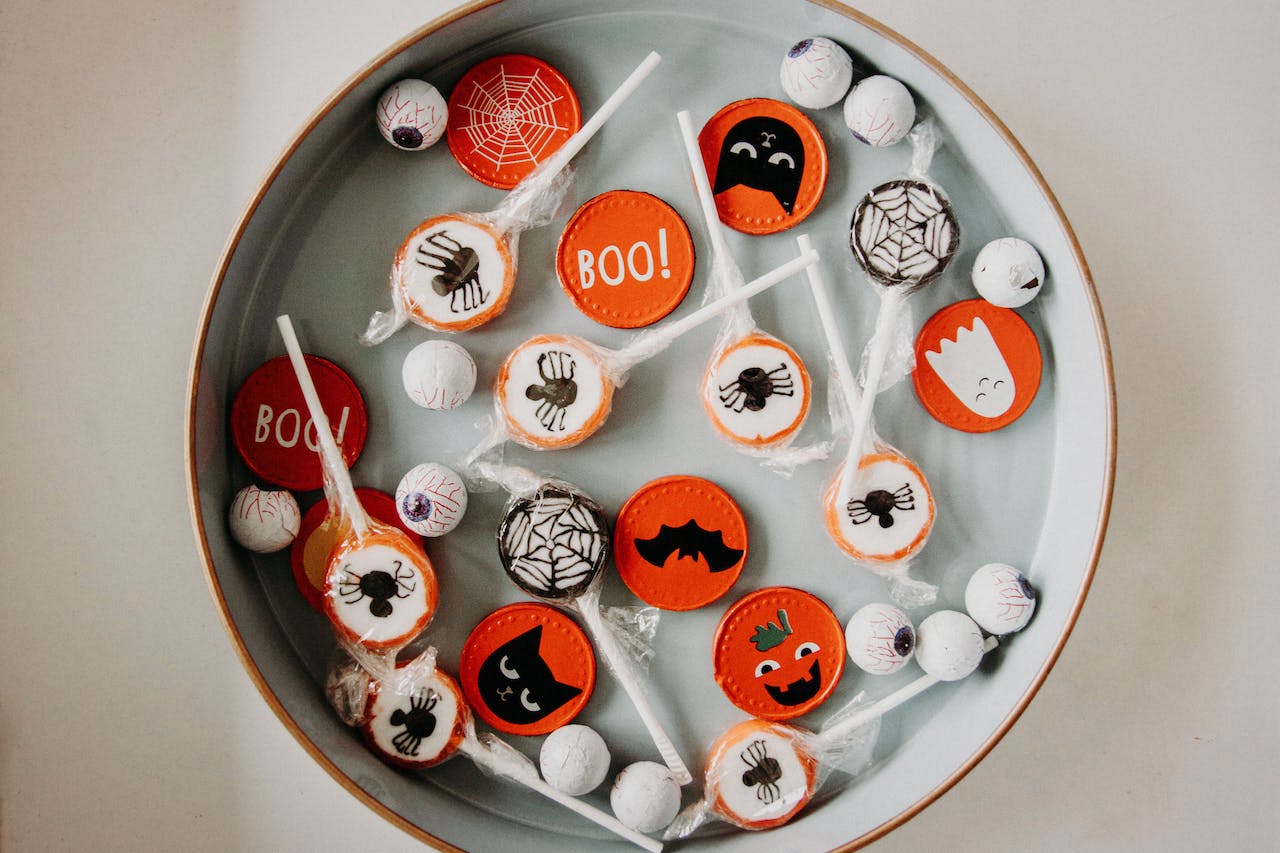Written by Chuck LeBlanc
Boo! It’s that time of year again, folks! Halloween has rolled around, and if there’s one thing you should know about me, it’s that I’m absolutely batty for it. The costumes, the candy, the entire community coming together to make mischief night a blast for the kiddos – what’s not to love? But let’s not forget the spine-tingling music, haunted houses, and eerie movies that come with it. From hair-raising frights to bone-chilling sounds and jump-scares that make your heart race – Halloween offers a delightful cocktail of thrills and creativity. So, buckle up, my ghoulish friends, as we take a thrilling dive into the eerie enigma of fear and its mind-bending neurobiology during this spine-chilling season.

Fear: The Brain’s Grand Spectacle
Fear, that electrifying emotion, has its roots deep within the intricate labyrinth of our brain’s neurobiology. It’s a rollercoaster ride of neural circuits and processes that kicks off when your gray matter detects a potential threat or danger lurking in the shadows. Your senses, acting as vigilant sentinels, alert your brain – be it through the sight of a snake, the jolt of a loud noise, or a whiff of something sinister. Think of this as the opening act in a horror movie, with sounds, lighting, and subtle cues conspiring to set the stage for what’s to come.
Amygdala: The Star of the Fear Show
Now, if you’ve been to my talks or read my other blogs, you’re no stranger to the brain’s VIP, the amygdala. Nestled deep within the temporal lobe, this small, almond-shaped dynamo receives signals from the thalamus and other sensory areas. It’s the maestro of emotional significance, determining whether that perceived threat deserves a full-blown fear response. To gauge this, the amygdala taps into its BFF, the hippocampus, located nearby. The hippocampus lends context to your emotions, helping your brain understand the bigger picture and meshing it with past experiences and memories. This contextualization is the secret sauce that can make some folks chuckle through a horror flick while others cling to the ceiling and scream bloody murder.
Hypothalamus: The Fear Conductor
When the amygdala gives the green light for panic, it sends out a distress signal to the hypothalamus. This brain region is the maestro behind the body’s stress response – cue the dramatic entrance of stress hormones like adrenaline and cortisol. These hormones pump up the volume, getting your heart racing, airways wide open, and muscles ready for action. The stage is set for a hair-raising showdown.
Locus Coeruleus and the Fearful Symphony

Let’s not forget the brainstem, specifically the locus coeruleus (say that three times fast!). This tongue-twister plays a vital role in orchestrating your body’s response to fear. It releases norepinephrine, a neurotransmitter that kicks your fight-flight-freeze-or-fawn response into overdrive. The autonomic nervous system (ANS), responsible for controlling involuntary bodily functions like gut gurgles and heart palpitations, has two branches: the sympathetic and parasympathetic. When fear strikes, the sympathetic branch takes center stage, prepping your body for action. It’s here that the information processed in the amygdala and hypothalamus shapes your response. As you navigate the spine-tingling mysteries of Halloween, this might manifest as freezing, fleeing, screaming, leaping, or even popcorn raining down like confetti, depending on your past experiences and the situation at hand.
A Haunting Memory
Fearful experiences leave their mark on memory like a ghostly fingerprint. The amygdala and hippocampus work hand in hand to etch and engrave the memories of spine-chilling events into your psyche. That’s why if you’re like me and you revel in being startled (while secretly dreading it), you’ll wince in anticipation of a jump scare or curl up into a tiny ball as you enter a haunted house – even before the fun begins. Fear isn’t just an emotion; it’s a heart-pounding, spine-tingling, and memory-making adventure.
So there you have it, my fearless friends – the neurobiology of fear, unmasked like a ghostly apparition on Halloween night. As you dive into the spooktacular festivities, remember that fear is a fascinating journey through the inner workings of your brain. Embrace the thrills, savor the screams, and keep those popcorn bags close – you’re in for a hauntingly good time! 🎃👻
~Chuck LeBlanc

For more information or how to book your first appointment:
Call 613-701-7574 or email us at info@ksrc.ca
